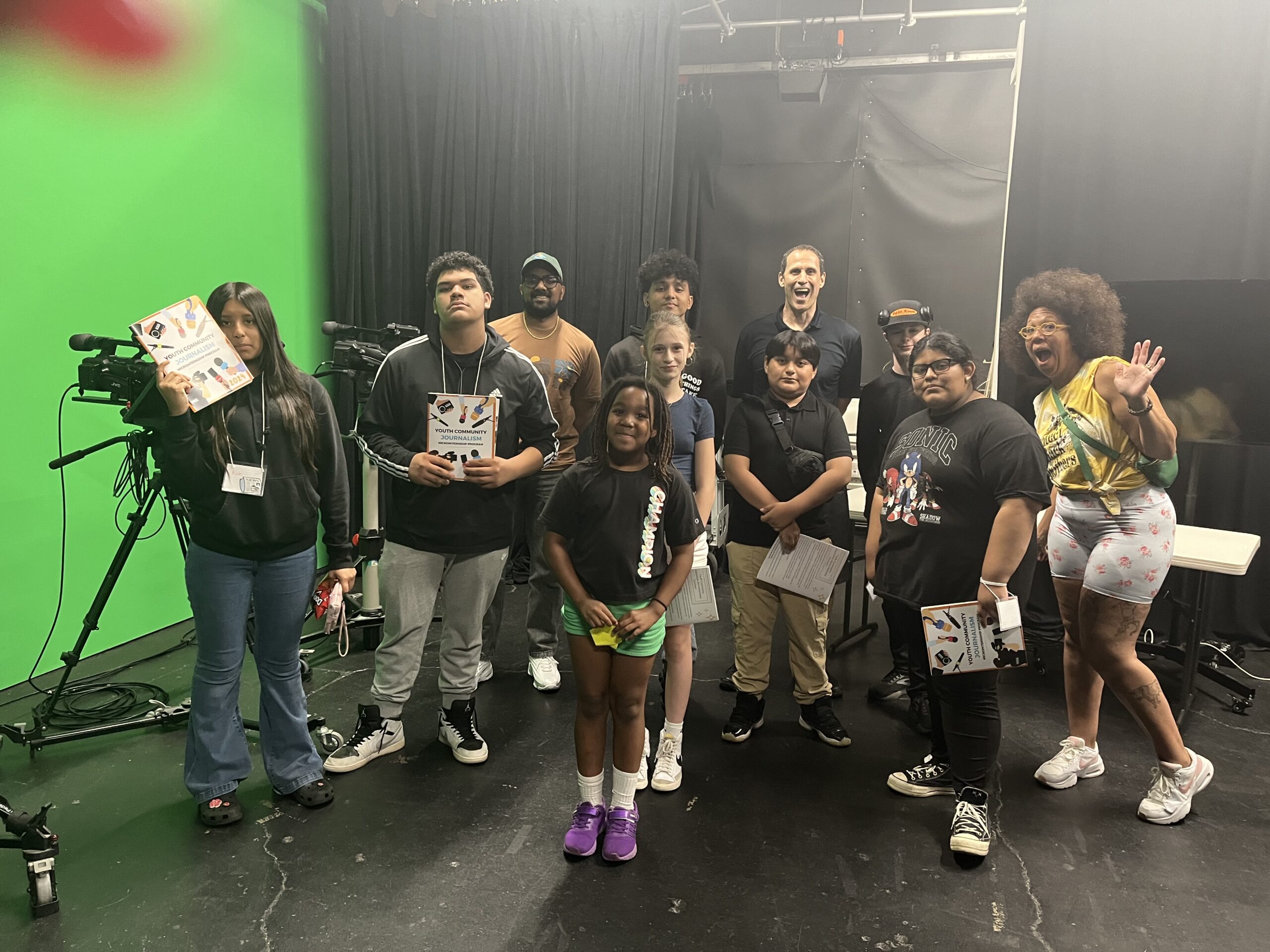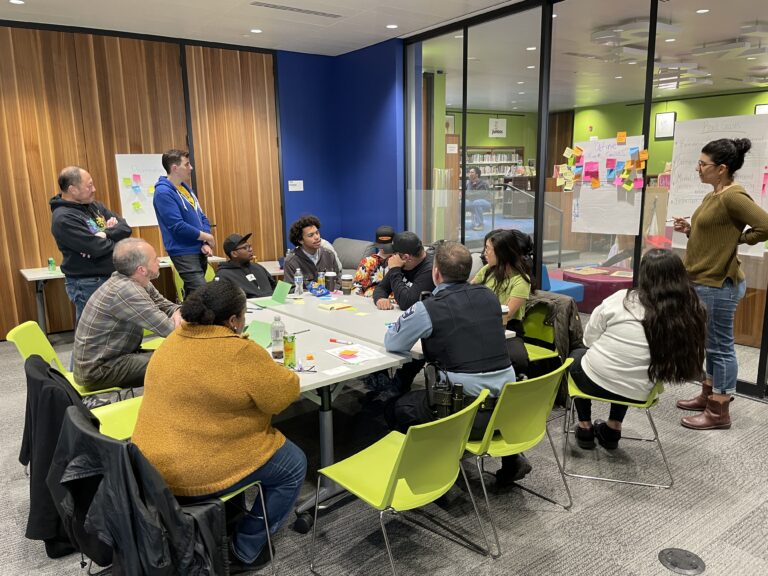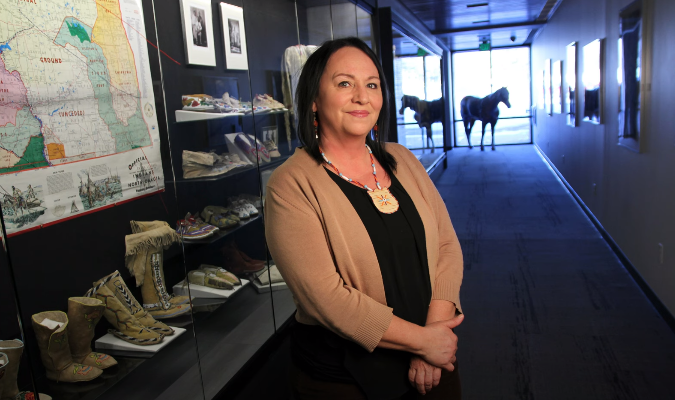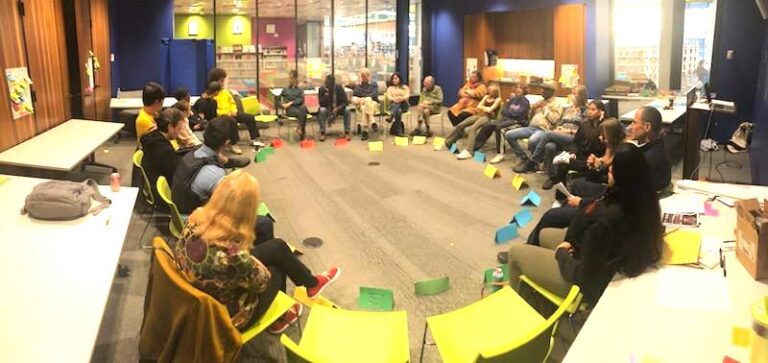Community Journalism With Students Makes Sense
Good things take time. There have been many reminders of that lately.
In mid-June, Virginia “Ginger” Hislop graduated from Stanford University Graduate School of Education with a master’s degree. She is 105 and earned the degree after getting her bachelor’s of education in 1940.
This week, the Center for Community News (CCN) at the University of Vermont announced a $7 million investment from the Knight Foundation ($5 million) and MacArthur Foundation and its university ($2 million) to power local news with more students at universities across the United States. The Center for Community News has grown from humble beginnings in 2019 to become a national resource for colleges and universities to provide student reporting for local news outlets.
“In 2019, UVM launched the Community News Service, a student-powered partnership between the University and community newspapers across the state. CNS matches student reporters with professional editors to provide critical reporting to trusted sources of local news. Since then, CNS has been both a newsroom and a laboratory for experimentation in creative ways to address the challenges facing local news. The extraordinary potential for growth and demand from other regions inspired the creation of the Center for Community News, an effort to document and meet the urgent needs of other schools around the U.S. that are working to be part of the local news solution.”
In 2023, according to CCN research, 2,000 college student reporters in university-led programs published more than 10,000 stories in local news outlets. Those stories provided millions of people with trustworthy local news coverage in communities across the U.S. With over 1,300 colleges and universities located in or near counties with zero or one news outlet (news deserts) as defined by Northwestern University‘s Northwestern University Medill School of Journalism, college student journalists can reach even more people. CCN plans to use the money to fill those local news coverage gaps with more college student reporting in the next five years.
This is good news. But if we really want to create an equitable and sustainable community-centered news ecosystem, we need to invest in even younger students.
Ellen Austin, a longtime youth journalism leader, uses a sports analogy. “You don’t get an NFL quarterback at 22 if you didn’t put a football in his hand in eighth grade,” Austin told me during a conversation. “You don’t get a Caitlin Clark if she didn’t have a high school program.”
Austin helped pioneer successful high school journalism programs at Cannon Falls and St. Paul Academy and Summit School in the early 2000s. She then led and transformed award-winning journalism programs at Palo Alto High School and The Harker School in Silicon Valley. Now she is a youth journalism consultant with Ed Madison, Ph.D. at the Journalistic Learning Initiative, Lara Rice Bergen at Press Pass NYC, and Kenzie O’Keefe at ThreeSixty Journalism.
There is starting to be a groundswell of small, nimble, community-based nonprofits around scholastic journalism and journalism. Now is the perfect time to build alliances and work together.
“I think that we need to stop doing the duplicative work, and we need to kind of amplify the power,” Austin added. “And we also need to provide pathways to funding. And I think as soon as we have kind of an ad hoc alliance forming, a lot of things will start to happen quickly.”
This is why the Strong Mind Strong Body Foundation started a Youth Community Journalism Institute in March 2024 and works with middle school students. This summer, we launched a six-week paid microinternship for youth in community journalism.
The youth community journalism program is led by the Youth Community Journalism Institute at the Strong Mind Strong Body Foundation, in collaboration with Carmen Robles and Associates LLC, and takes place from June 26 to Aug. 2 at the Strong Mind Strong Body’s partner organization, SPEAK MPLS, a community media center in Minneapolis.
We are honored and grateful to provide this educational and economic opportunity for youth. With our community building work, we have seen the power of engaged youth in many ways. Journalism provides another powerful vehicle for youth to create solutions and strengthen communities.
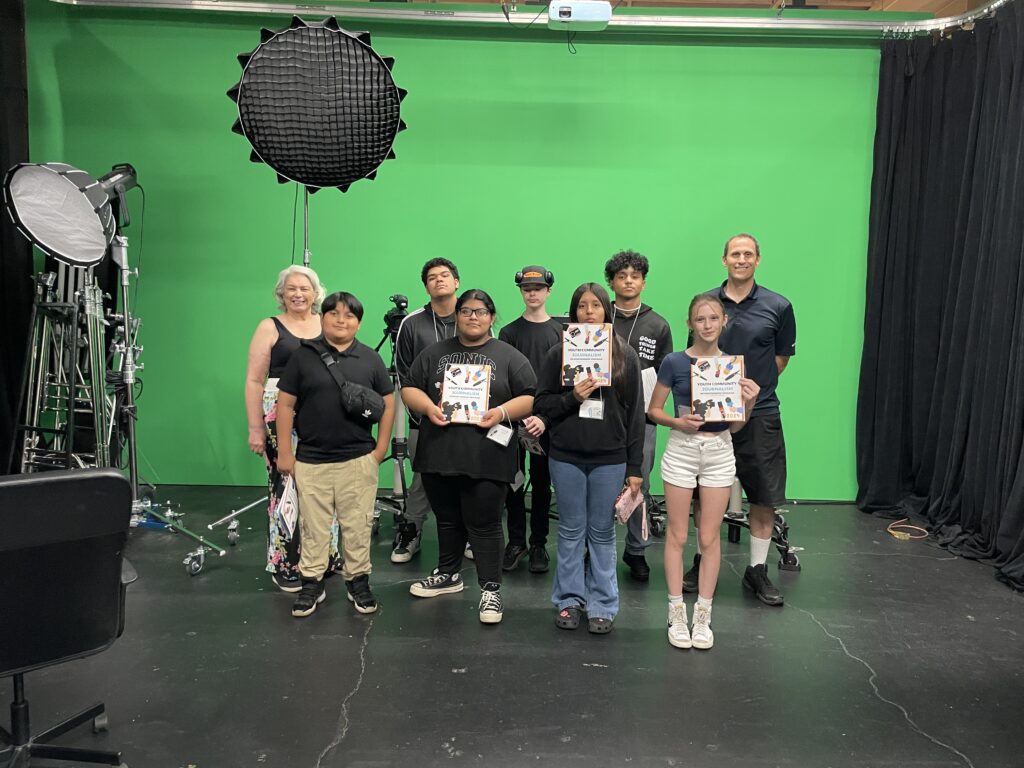
The youth community journalism microinternship program has seven ambitious students, ages 12-15 from diverse backgrounds in Minneapolis schools. The students participating will be entering seventh to tenth grades in the fall. The program will teach them the fundamentals of community journalism, including reporting, storytelling, interviewing, multimedia journalism, video production, field reporting, and live studio production.
“This journalism program is a wonderful opportunity for youth to be heroes for their community,” said Carmen Robles, the president of Carmen Robles and Associates LLC, a community engagement strategic consulting firm that has been taking action for health and education equality since 2004, and the publisher of Conversaciones de Salud, a popular monthly e-newsletter that serves the Latino community. “The biggest crisis our state and nation is facing today (next to opioids/fentanyl/other substances) is social media and the mental health of youth. This program directly offers solutions to this growing dilemma. In addition to encouraging communication and storytelling, our project enhances reading, writing, comprehension, civic engagement, and determination skills, which directly affect mental health. It’s a win-win for all.”
The youth community journalism program will culminate in a live community news show produced by students in front of a live studio audience on Aug. 2. The show will be broadcast on SPEAK MPLS public access TV channels. After the summer program, we plan to continue a monthly youth community news program for public access TV.
In the 2024-25 academic school year, we will build on the youth journalism afterschool program we launched with middle school students (grades 6th-8th) at Ella Baker School in Minneapolis in spring 2024. As part of the program, we launched Ella Baker News (ellabakernews.com), an online student newspaper for the school, and taught students the fundamentals of community journalism.
A 14-year-old eighth-grade student wrote a commentary on homelessness for Ella Baker News. The article ran in the May Southwest Connector newspaper (page 5), a local newspaper in Minneapolis, and also was published on the Southwest Connector website.
The student wrote two more articles about homelessness for Ella Baker News.
What is the city doing about homelessness?
Please stop hurting the homeless
“I’ve been writing more articles for the school newspaper, and I’ve been wanting to write for something bigger,” the student wrote to me. “I was kind of wondering if I could write an article about homelessness and police brutality for the Southwest Connector, if that’s possible at all. I really appreciate all of your continued support to help me with furthering my journalism skills and for giving me all of those wonderful community solutions and leadership opportunities this year. I hope to continue to stay in contact with you and to work with you next year to hopefully start another journalism program at high school next school year.”
We plan to help him develop his journalism skills, take more action, mobilize community support, and use journalism as a vehicle to create change.
This is the power of community-centered journalism. This is the power of youth. This is the power of youth putting community-centered journalism into action.
We can inspire more students to do the same. We plan to create more online school newspapers to be a place where students, teachers, parents, and whole communities can share their voices and be empowered to create change. We plan to further develop our partnership with SPEAK MPLS and other community media centers around the country. Middle school students and community media centers are untapped markets to help fill the local news gaps in news deserts.
We want to keep promoting the message that every voice matters. We want to give people more opportunities to share their voices (online, in print, on TV, on the radio, at events) and turn ideas into action. We want to help students learn how to practice engagement journalism so they can help provide news and information that meets the needs of the community.
We are creating a bilingual (Spanish) version of our youth journalism program and plan to implement the program in more MPS schools in the 2024-25 academic year.

As part of the microinternship, youth will participate in the Mercado Central Local Journalism Project, another initiative of the Youth Community Journalism Institute. The Mercado Central is a thriving Latino marketplace located in Minneapolis that is celebrating its 25th anniversary on Sept. 14. Our journalism project will explore the past, present, and future of Mercado Central, the Mercado cooperative, and how asset-based community development (ABCD) can benefit entrepreneurs, local workers, and more communities in Minneapolis and around the United States — especially communities with immigrant populations.
We are making a documentary for the Mercado celebration and will have additional multimedia stories and community engagement events. Youth will assist professional journalists on the project, produce multimedia profiles of Mercado businesses (sharing their entrepreneurial and immigration stories), and help organize a community economic empowerment festival to show community members how to be entrepreneurs and start their own businesses.
Award-winning multimedia journalist Michael Nigro is directing the documentary.
The project goal for the Mercado Central Local Journalism Project is to show the humanity of immigrants and reframe the immigration narrative in the U.S., educate the public on how anyone can be an entrepreneur, strengthen communities through asset-based community development, and bring people together
This is a local Minneapolis issue with national mass appeal.
If you would like to support the project, let us know here or here.
On the first day of our youth community journalism microinternship at SPEAK MPLS, we asked students what’s one thing they want to make better in the community. Students talked about homelessness, immigration, and public health.
“I want to help stop people from overdosing,” said a 14-year-old student going into ninth grade. “I want to help them get clean.”
Many youth want to change the world. Through journalism, they can. They also can create a virtuous cycle of goodness and community empowerment. They just need the opportunity.
The oldest student in our youth community journalism microinternship is 15 years old. He just completed his first year of high school in Minneapolis after moving to Minnesota from Venezuela. He is an English language learner whose mother was a journalist in their native country.
The student wanted to take the class this summer to further develop his English.
On his first day of the program, he wore a sweatshirt with four words.
Good things take time.
This article was first published on LinkedIn in The Community Builder.
